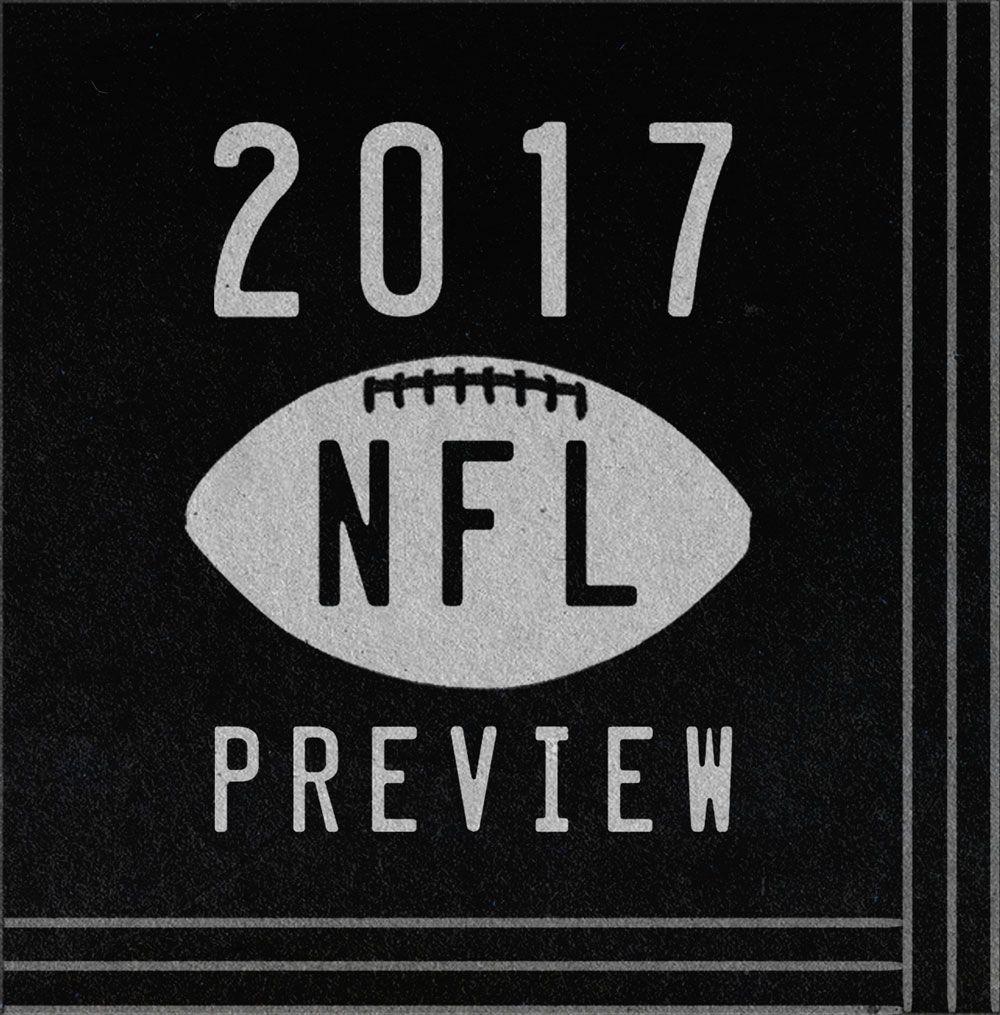
We all — well, most of us — agree with you: The Patriots are an insufferable football machine that must be stopped. But here’s the thing: Can anyone stop them? Five weeks before the season kicks off, New England is favored to win every game it plays in 2017. Sixteen years since their first Super Bowl win and 10 since their 16–0 regular season, Tom Brady and Bill Belichick are still the class of the NFL. So, welcome to — ugh, yes — Patriots Week! Ahead of what could be the most dominant New England season yet, read along as we take a look at the good, the bad, and the Jets-y of modern football’s defining dynasty.
If it seems like the Patriots are randomly plucking players from nowhere and vaulting them toward stardom, they’re not. They’re doing it all by design.

“When the season started, [Bill Belichick] showed us an empty depth chart,” said Rodney Harrison, former Patriots safety and current analyst with NBC Sports. “He does not care how many Pro Bowls you’ve made. He says: I don’t make the depth chart; you guys make the depth chart.”
In 2003, Harrison was widely seen as banged up and on the wrong side of 30. He’d been released by the Chargers, and he joined a Patriots team with longtime stalwart safety Lawyer Milloy already on the roster. Belichick told Harrison that he brought him in because he liked the way he warmed up for games. He felt Harrison was worth a look. This is how Belichick operates: He needs to see everything for himself.
“In my first month in camp, he saw what I could do and named me a team captain,” Harrison said. “He said, ‘You’re a great athlete. You can guard the tight end.’ He figured out that I could line up as a straight linebacker or blitz off the edge or the middle.” Harrison also said that Belichick praised him for his smarts: “He’ll take a slightly less talented player if he’s got a higher football IQ.”
There are plenty of factors that make the Patriots the most dominant team of their era—Tom Brady and Bill Belichick top among them. But here’s another big reason: the organization’s ability to generate contributors on cheap contracts and to acquire them at low costs through trade, restricted free agency, or waivers.
Harrison headlines the group of undervalued additions, along with Wes Welker, Mike Vrabel, Dion Lewis, Rob Ninkovich, and many more. Last season, receiver Chris Hogan joined the list. Offseason arrivals Kony Ealy, Mike Gillislee, and Rex Burkhead could do the same this year.
“They are good at finding guys here,” Hogan said, in one of the understatements of the century.
There have been plenty of busts in the Patriots’ quest for value—let’s never speak of Chad Ochocinco, Reggie Wayne, or Albert Haynesworth again—but the wins outweigh the losses because the investments never cost all that much. If someone doesn’t work out, they move on to the next guy. Meanwhile, the five Super Bowl wins in 15 years speak to the benefits of the approach.
Here’s how they do it.
They Are Geniuses in the Spring
“They take advantage of the Buffalo Bills’ inability to tender anyone properly,” said former agent and salary cap expert Joel Corry, taking a jab at Buffalo’s failure to keep either Hogan last year or Gillislee this year. “No one uses restricted free agency better than the Patriots.”
During their run of dominance, restricted free agency has been as much a signature tool of the Patriots as the two-tight-end set. Welker was a restricted free agent when the Patriots traded for him in 2007. And they nearly stole Emmanuel Sanders in restricted free agency in 2013, too, but the Steelers eventually matched New England’s offer.
Restricted free agency terrifies most teams simply because, Corry said, it’s rarely used and it’s complicated. The Patriots love it: For one, they know they are getting young, proven, cost-controlled players and they know exactly what they have to give up. When a player reaches restricted free agency, teams can place a tender on him to ensure that if they lose the player, they’d receive a first-round or second-round pick, or a pick in the round in which the player was originally drafted.
In Gillislee’s case, the Bills placed a fifth-round tender on him, since he was selected in the fifth round of the 2013 draft.
“If I had to use one word to describe it, it would be: genius,” said Ron Butler, Gillislee’s agent, when asked about the Patriots’ approach. Butler said that he didn’t anticipate any team approaching his client after the Bills put a fifth-round tender on him, since those tenders normally scare teams away.
The 26-year-old was buried in Buffalo behind superstar LeSean McCoy; why give up a pick for a guy who can’t find consistent playing time? Well, you don’t have to dig deep to see how productive he can be: Numberfire, an advanced analytics site, said that Gillislee’s 2016 performance was the most efficient rushing season this century. During camp, Gillislee said that he pays “a little bit” of attention to his adoration in advanced statistical circles, but that he mostly doesn’t care about any numbers. The Patriots, on the other hand, care deeply.
Corry said the Patriots love trading for players because only their salary counts against the cap. New England lets the team that drafted and/or signed the player to the initial contract take the cap hit for the signing bonus, then they acquire the lowest-risk portion of the deal, since the dead cap money usually stays with the team that initially signed the player. Tight end Dwayne Allen came over from Indianapolis in the spring. He will count $3 million against the Colts' cap this year and $4.5 million against the Patriots’. Any production he provides New England will come at a near-50 percent discount.
They Tinker
Earlier this week, my colleague Danny Kelly detailed how, although Belichick is known for terse press conferences, he’ll occasionally offer up detailed football-nerd lectures.
My favorite look into his football soul came during a 2014 press conference in which he detailed why the Patriots were able to get two steals—Vrabel and Rosevelt Colvin—who became key cogs for the mid-2000s teams. The reason they were able to grab Vrabel and Colvin on the cheap: Along with only two other teams, the Patriots were playing the 3-4 defense, so most players who fit their defense didn’t necessarily fit those of 29 other clubs. When you value someone that almost no one else does, it’s easy to find a great deal.
“It was us, Pittsburgh, and I don't know where the other team was,” Belichick said. “So, if you wanted a nose tackle, there were plenty of them out there. If you wanted a 3-4 outside linebacker, there were plenty of them out there. Guys like—Colvin was a good example at Chicago or even Vrabel, those 3-4 outside linebackers, but there's nowhere to go.”
He doesn’t stop there. Belichick then suggests that part of the reason New England eventually moved away from a typical 3-4 is that too many teams adopted it, and thus those types of players became overvalued. This has always been the Belichick mantra: find players who adequately perform underrated tasks. That’s one of the reasons he started putting resources toward the slot receiver before anyone else: Outside receivers were usually too expensive in the late 2000s. That’s also why he went to two tight ends in the next decade: The slot receiver became too overvalued. Belichick finds hidden gems because no one else is looking for what he is.
They Have a Plan
More than any other team, according to Patriots sources, Belichick puts the onus on his coaches to come up with plans for specific players. Other coaches just expect all of their players to fit their system. Essentially, Belichick’s approach is an extension of the “Do Your Job” mantra: They are going to bring in players with certain skill sets, and it’s a coach’s job to figure out exactly how they’ll be successful.
The Patriots are the NFL’s best argument for being open-minded: Week to week, the game plan changes, and different players take on bigger roles.
Look at Hogan, who, after totaling a solid 680 yards during the season, had a breakout playoff performance in the AFC championship game against Pittsburgh for 180 yards receiving and two touchdowns. Hogan’s role in that game was to take the top off of the defense whenever he could. The Steelers blew their coverage enough that Hogan became a playoff star. Don’t be surprised when one of New England’s 2017 steals does the same.